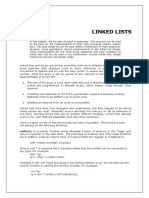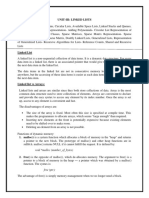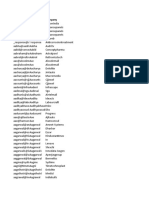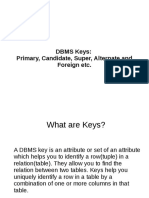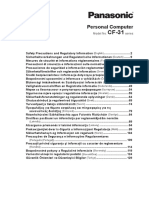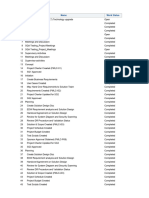0% found this document useful (0 votes)
86 views19 pagesUnit2.1 Linked List
Linked lists allow dynamic sizes and easier insertion/deletion compared to arrays. Each node contains an element and a link to the next node. Common types include singly linked, doubly linked, and circular linked lists. Singly linked lists can only traverse in one direction while doubly linked lists allow forward and backward traversal. Binary search is not possible in linked lists since elements must be accessed sequentially.
Uploaded by
shivam rajputCopyright
© © All Rights Reserved
We take content rights seriously. If you suspect this is your content, claim it here.
Available Formats
Download as PPTX, PDF, TXT or read online on Scribd
0% found this document useful (0 votes)
86 views19 pagesUnit2.1 Linked List
Linked lists allow dynamic sizes and easier insertion/deletion compared to arrays. Each node contains an element and a link to the next node. Common types include singly linked, doubly linked, and circular linked lists. Singly linked lists can only traverse in one direction while doubly linked lists allow forward and backward traversal. Binary search is not possible in linked lists since elements must be accessed sequentially.
Uploaded by
shivam rajputCopyright
© © All Rights Reserved
We take content rights seriously. If you suspect this is your content, claim it here.
Available Formats
Download as PPTX, PDF, TXT or read online on Scribd
/ 19





